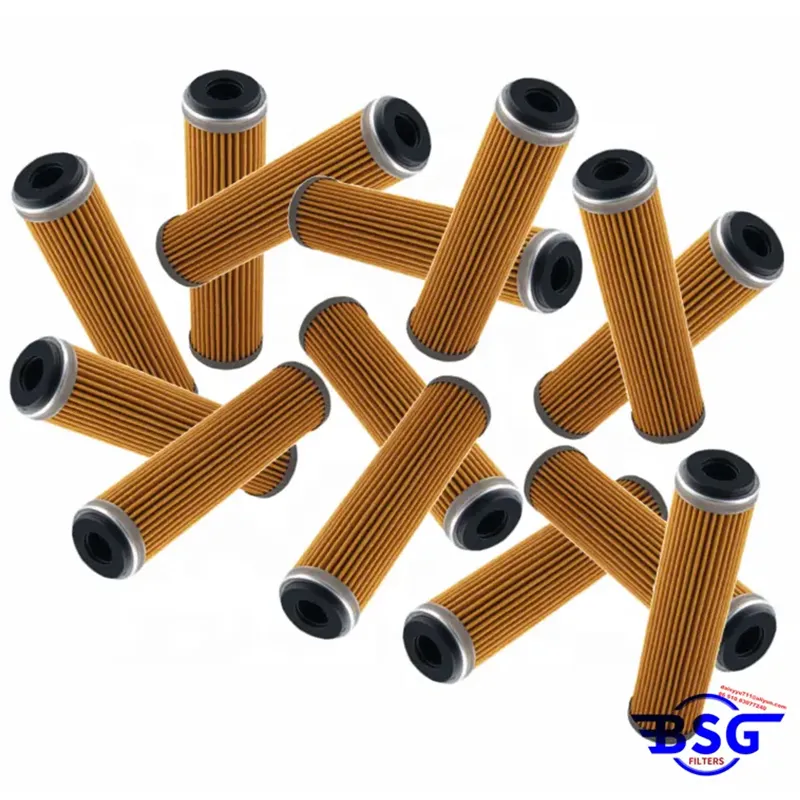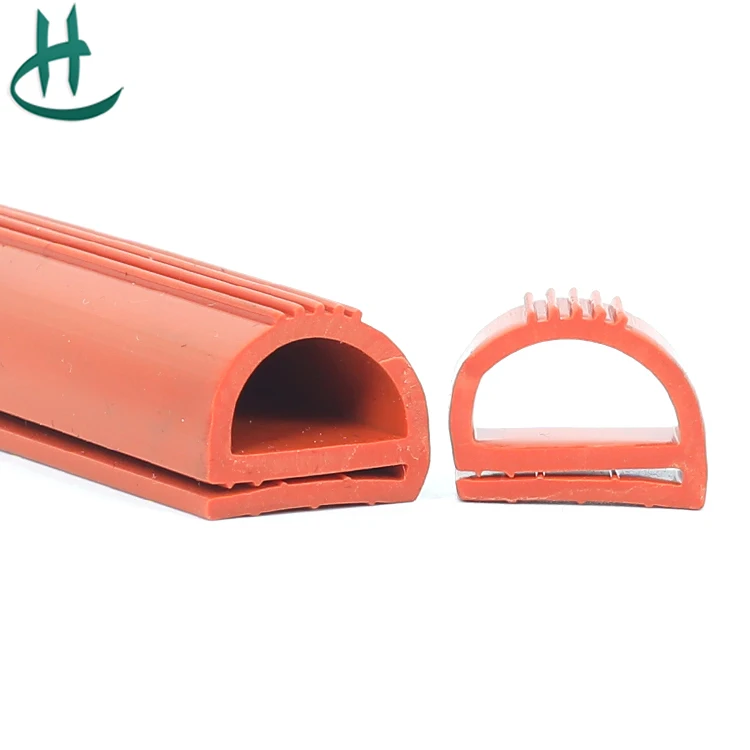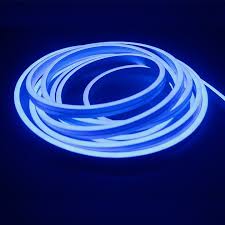As the demand for innovative and stylish lighting solutions continues to grow, LED neon flex strip lights stand out as a popular choice for both commercial and residential applications. Selecting the right LED neon flex strip light supplier is essential for ensuring you receive high-quality products that meet your design and functional needs. By considering quality, variety, customer support, certifications, pricing, and reputation, you can illuminate your space beautifully and efficiently. Whether you’re designing a welcoming restaurant ambiance or creating stunning home décor, LED neon flex strip lights offer endless possibilities for creative expression.
 Home
Home











